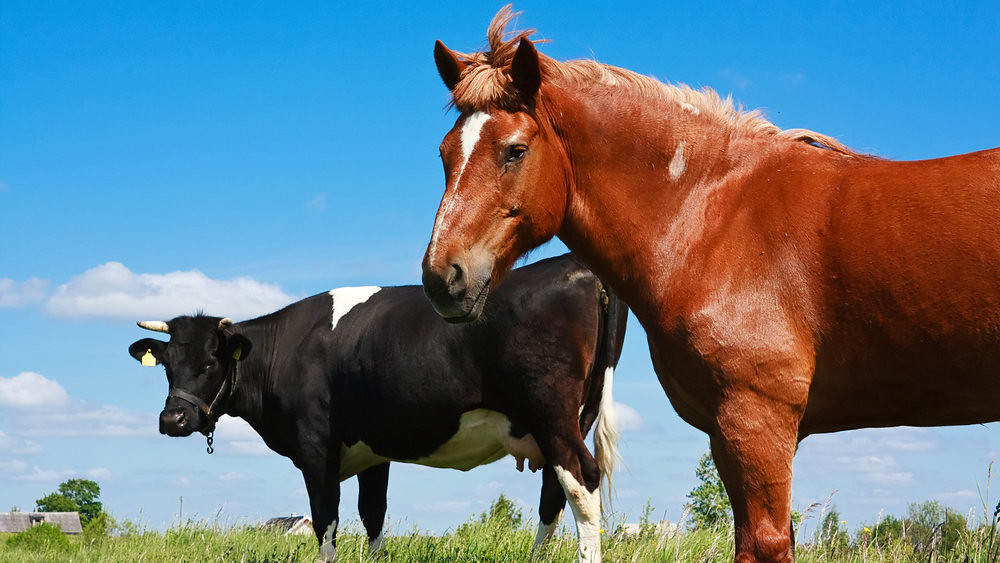The paper, published in flagship multidisciplinary science journal Naturwissenschaften this week, demonstrates a powerful new tool that could give medics a better understanding of osteoarthritis in the knees of humans.
Professor Richie Gill, author of the paper from our Centre for Orthopaedic Biomechanics, said: “For human knees, a common failure is osteoarthritis, which is the result of degradation of cartilage within the knee joint. The cartilage is needed to provide a low-friction, self-lubricating surface that can bear loads and permit movement. When this breaks down, the sufferer will experience pain and a loss of movement.”
There is good understanding in medicine about the biochemistry and genetics of the materials that make up cartilage, but relatively little is known about how they contribute to the bulk properties of cartilage and how they work in a joint.
Professor Gill said: “Understanding the mechanical properties of cartilage within the knee isn’t trivial. Traditionally, to do this you’d need to surgically remove significant amounts of cartilage from the knee, and this would require the use of cumbersome equipment. There is a clear need to develop a simple technique that will allow the testing of small tissue samples.”
The research team at Bath has developed such a technique, using it to compare the knees of horses and cows. The insights into horse and cow knees were made possible by the use of a novel analytical measuring technique based on the shearing of small biopsy samples, called ‘Dynamic Shear Analysis’.
Professor Gill said: “Dynamic Shear Analysis, or DSA, can give us detailed measurements of the behaviour of a material. We have been able to use this method to test the collagen network that makes up cartilage.”
The research team chose the knees of horses and cows for comparison in order to test that their method worked as expected. It is already known that there are correlations between the lifestyle of an animal and the form and function of its knees. Horse knees are those of ‘well evolved joggers, whereas cows are more those of ‘domesticated couch potatoes’.
Professor Gill said: “Our method enabled us to study the makeup of cartilage in the knees of cows and horses, rather than just knee morphology - how the knee joint is formed. Overall we saw highly significant differences between the cartilage of horses and cows. Horse cartilage is thicker, compresses less and has a greater resistance to deformation - it almost certainly developed this way to allow for the speeds at which horses travel, and increased pressure on the knee joint.
“Our observations have implications for the study of human knee cartilage and its diseases. Evolutionary pressures in human knees may have increased our knee range of motion, but not driven significant change in cartilage material properties. The technique of DSA could offer a new, powerful means to understand osteoarthritis and classify knee joint failures.”
The full research paper, which is a collaboration between the Universities of Bath, Oxford and Sheffield, can be accessed at http://link.springer.com/article/10.1007%2Fs00114-014-1163-5
................
If you enjoyed this, you might also like:
Citizen's Advice Bureau generates £50 value for every £1 invested, April 2014
What's next for global development post-2015, April 2014
Congenitally blind visualise numbers opposite way to sighted, April 2014

